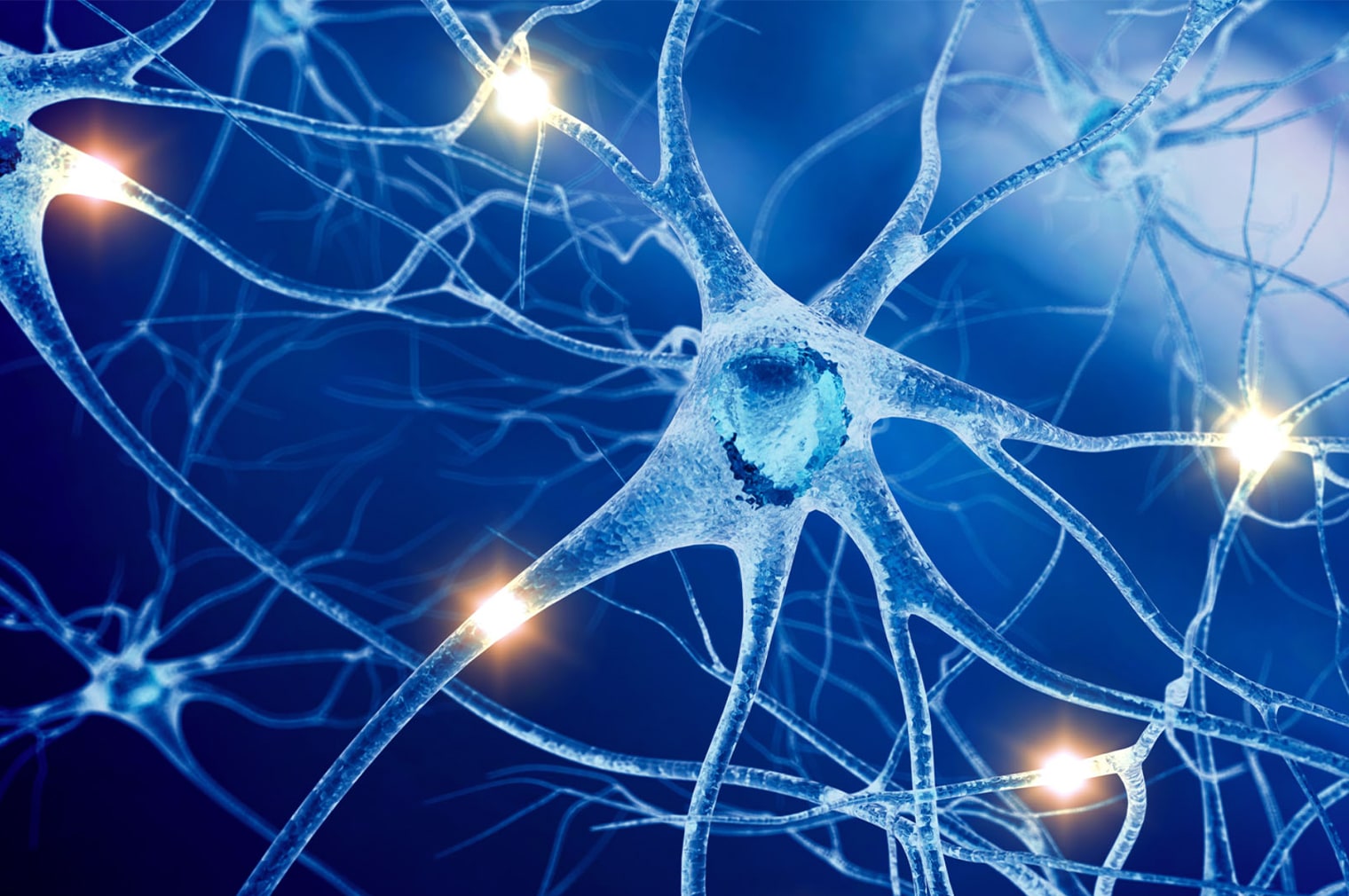
Helping your mother make pancakes when you were 3 years old … riding your bike without training wheels … your first kiss: how do we retain vivid memories of long-ago events? As described in a paper published in April 2023 in Neuron, Einstein researchers have found the explanation.
“The ability to learn new information and store it for long periods is one of the brain’s most remarkable features,” says Robert H. Singer, Ph.D., who is co-corresponding author of the paper. “We’ve made a startling discovery in mice regarding the molecular basis for making those long-term memories.” Dr. Singer is a professor of cell biology and in the Dominick P. Purpura Department of Neuroscience and the director of the Program in RNA Biology at Einstein.
Some aspects of the cellular basis of memory were already known. Memories are made by neurons (nerve cells) and stored in a brain region called the hippocampus. They form when repeated neural stimulation strengthens synapses—the connections between nerve cells. Proteins are needed to stabilize the long-lasting synaptic connections required for long-term memories. The blueprints for those proteins are molecules of messenger RNA (mRNA) that, in turn, are transcribed (copied) from memory-associated genes.
“The paradox is that it takes a long time—several hours—to form a lasting memory, yet the mRNAs and proteins associated with making proteins disappear in less than an hour,” says Sulagna Das, Ph.D., first and co-corresponding author of the paper and research assistant professor of cell biology at Einstein. “How could that be?”
To answer that question, the research team developed a mouse model in which it fluorescently tagged all the molecules of mRNA that flow from Arc, a gene critically important for converting our activities and other experiences into long-term memories. The researchers stimulated synapses in neurons from the mouse hippocampus and then—using high-resolution imaging techniques they’d developed—observed the results in individual nerve cells in real time.
To their amazement, they saw that a single stimulus to the neuron triggered numerous cycles in which the memory-coding gene Arc produced mRNA molecules that were then translated into synapse-strengthening Arc proteins.
“We saw that some of the protein molecules made from that initial synaptic stimulus go back to Arc and reactivate it, initiating another cycle of mRNA formation and protein production, followed by several others,” says Dr. Singer.
Adds Dr. Das: “With each cycle, we saw more and more protein accumulating to form ‘hot spots’ at the synapse, which are where memories are cemented into place. We’d discovered a previously unknown feedback loop that explained how short-lived mRNAs and proteins can create long-lived memories.”
Consider what’s involved in memorizing a poem, suggests Dr. Singer: “To make a lasting memory requires that you read the poem repeatedly, and each reading can be thought of as an intermittent stimulus that adds memory-building protein to the synapse.” Dr. Das notes that faulty expression of the Arc gene has been implicated in memory difficulties in humans and is linked to neurological disorders, including autism spectrum disorder and Alzheimer’s disease. Additional authors include Pablo Castillo, M.D., Ph.D., and Pablo Lituma, Ph.D. (formerly at Einstein), of Weill Cornell Medical College.